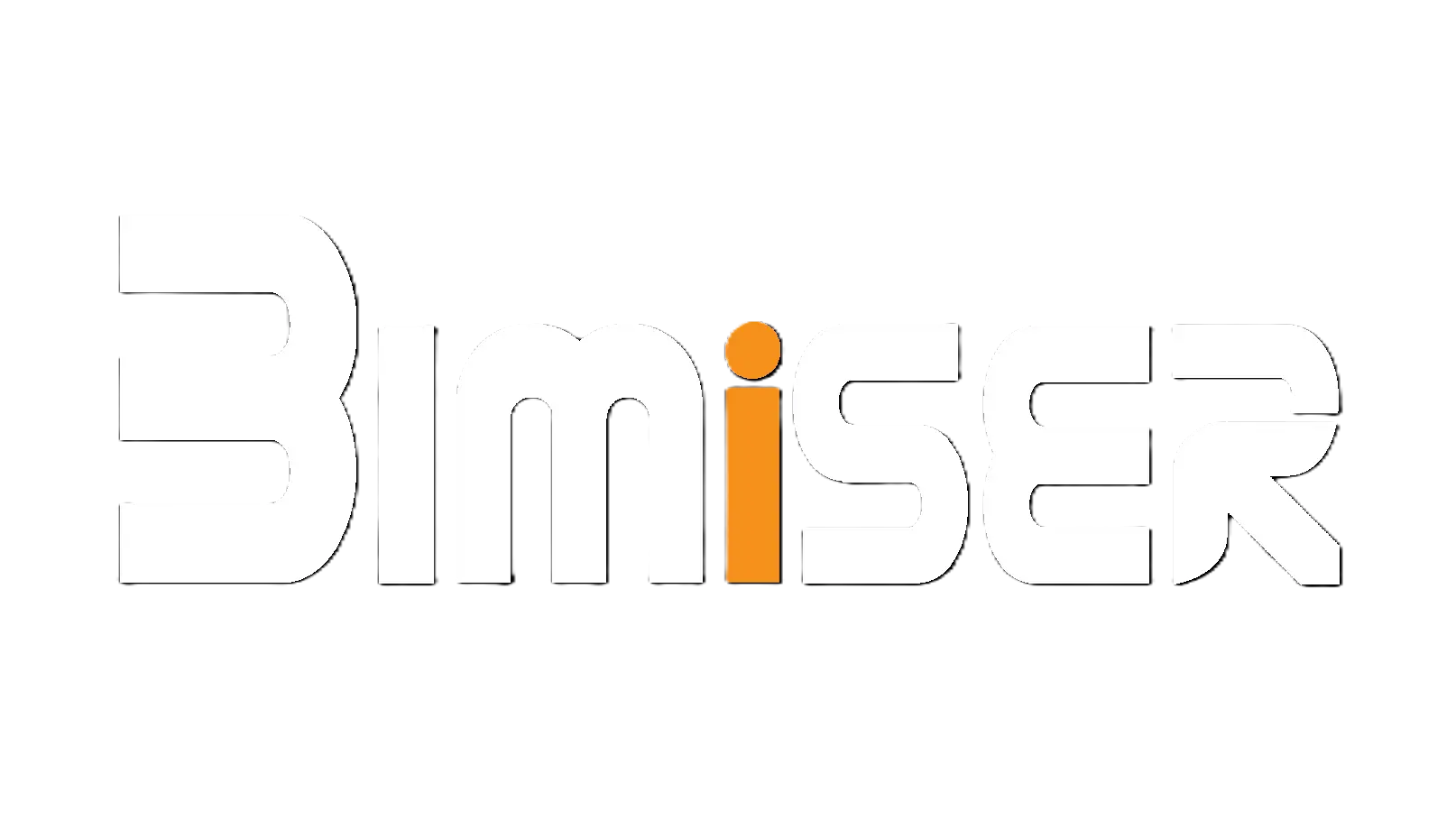Outsourcing BIM with OpenBIM standards is now a viable and scalable solution for AEC firms seeking global delivery without compromising on quality or compliance. By aligning with ISO 19650 and frameworks promoted by buildingSMART, companies can streamline collaboration, ensure data consistency, and future-proof their digital supply chains.
1. Understanding ISO 19650 Before You Outsource BIM Services
| ISO 19650 concept | What it means for outsourcing |
|---|---|
| EIR – Exchange Information Requirements | Before you even draft the outsourcing contract, translate employer/client needs into measurable data drops, model LODs, classification systems, and COBie/IFC deliverables. |
| AIR – Asset Information Requirements | If you are outsourcing as an owner/operator, clarify which asset data (serial numbers, O&M manuals, IoT tags) must be captured and kept live beyond handover. |
| BEP – BIM Execution Plan | Create two BEPs: an overarching Project BEP (managed by you) and a Task‑BEP for each outsourced package, detailing software versions, naming conventions, and CDE access protocols. |
Tip: Treat the EIR like a scope baseline. The clearer it is, the less “scope‑creep by spreadsheet” you encounter later.
2. Creating a CDE that Supports Remote BIM Delivery
Choose an ISO 19650‑ready platform (Autodesk BIM 360, Trimble Connect, Catenda Hub, ThinkProject etc.).
Set permission tiers: client, lead designer, task team, reviewer, facilities manager.
Automate status codes — ‘S0‑WIP’, ‘S1‑Shared’, ‘S3‑Published’, ‘A‑Archive’ — so that files can’t jump a gate without digital sign‑off.
Encrypt at rest and in transit; many Gulf clients now insist on data residency within GCC. Select a region‑specific cloud or hybrid deployment.
3. Aligning BIM Outsourcing with OpenBIM Standards
Discipline | Native authoring | buildingSMART exchange |
| Architecture | Revit / Archicad | IFC 4 Reference View |
| Structures | Tekla / Etabs | IFC 4 Structural or CIS/2 |
| MEP | Revit MEP / DDS CAD | IFC 4 MEP or BCF for issue‑tracking |
| Asset Data | Excel / CMMS | COBie 2.4 XLS/XSP |
Why insist on native + IFC? Because it lets each outsourced task team stay in its comfort zone while giving you a vendor‑neutral “single source of truth.”
4. Legal and Contractual Frameworks for BIM Outsourcing
Use ISO 19650‑2 Annex A templates — they already contain clauses for intellectual‑property, security, and data retention.
Specify Model Progression: eg. “LOD 200 at Concept, LOD 300 at Scheme, LOD 350 for Coordination.”
Reference buildingSMART Professional Certification — make it a pre‑qualification requirement for outsourcing partners’ key staff.
Tie payment milestones to data drops rather than calendar dates; this keeps everyone focused on information quality, not hours booked.
5. How to Coordinate Effectively When Outsourcing BIM Tasks
Weekly model federation in a neutral viewer (Solibri, Navisworks, BIMcollab Zoom).
BCF issue tracking — sync with Jira or Azure DevOps if your PMO already uses them.
Info‑manager gatekeeper signs off each Shared (S1) model before it can be consumed downstream.
Run clash metrics and publish a coordination KPI dashboard (No. of clashes / m², average resolution time) to maintain transparency with remote teams.
6. Security Considerations in Outsourced BIM Projects
ISO 19650‑5 deals expressly with security‑minded BIM. For outsourcing you must:
Conduct a Security‑Triaging Workshop: classify model areas (public vs. sensitive zones).
Implement role‑based redaction — outsourced modellers see only what they need.
Add non‑disclosure & data‑processing agreements that map to GDPR articles 28‑32 or relevant local privacy laws.
7. Pilot Projects: Testing and Scaling Outsourced BIM Services
- Start small: outsource a discrete package (e.g., façade detailing) to test the CDE workflow.
- Audit against ISO 19650 KPIs — file naming accuracy, clash close‑out rate, on‑time data drops.
- Iterate: feed lessons learned into the BEP and roll out to larger work packages.
Key Takeaways
Process before people: cement your EIR, BEP, and CDE rules first.
OpenBIM is the lingua franca: mandate IFC/BCF/COBie to decouple deliverables from software lock‑in.
Contracts are part of the information model: if obligations aren’t in the Annexes, they won’t happen.
Security is not optional: ISO 19650‑5 and regional data laws must be baked into every outsourcing deal.
Continuous feedback loops — KPIs and audits — turn outsourcing from a cost play into a quality multiplier.
By embracing outsourcing BIM with OpenBIM standards, firms can unlock scalable, compliant, and high-performing delivery models across borders.

